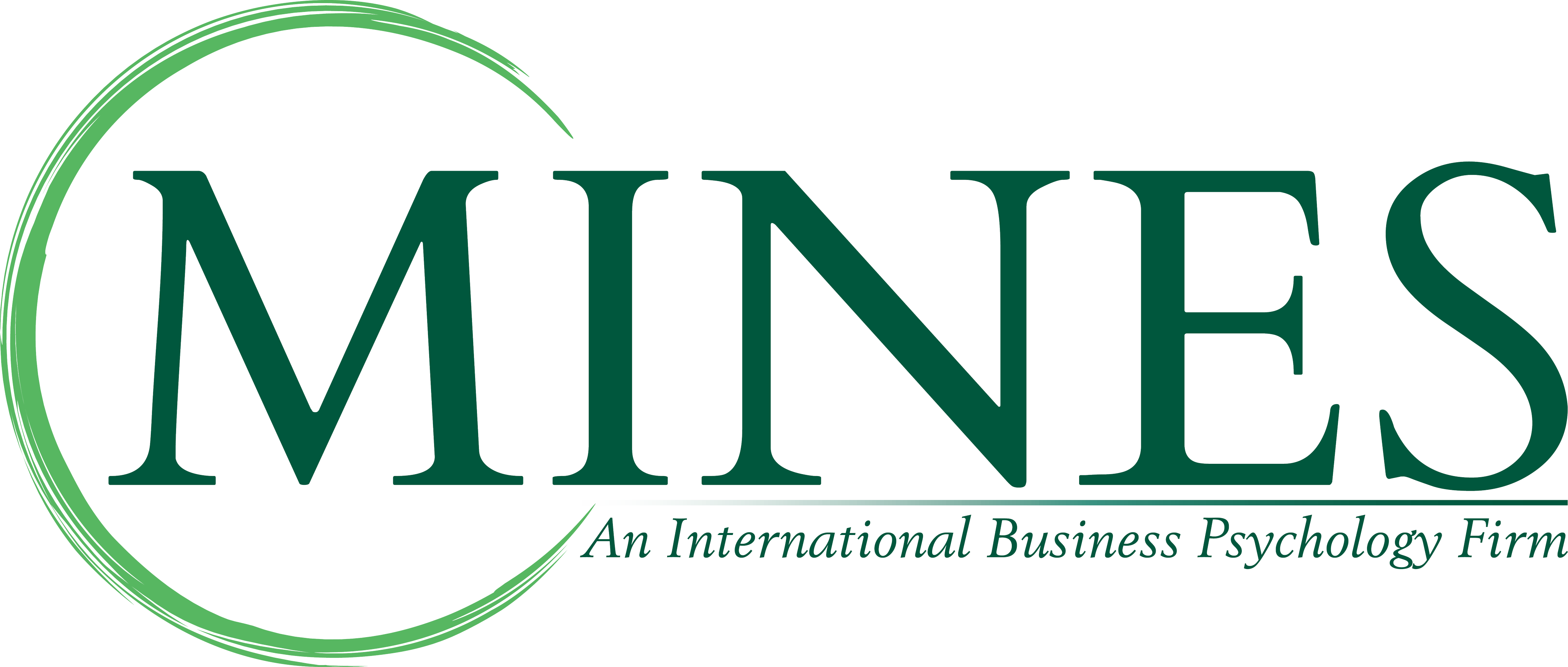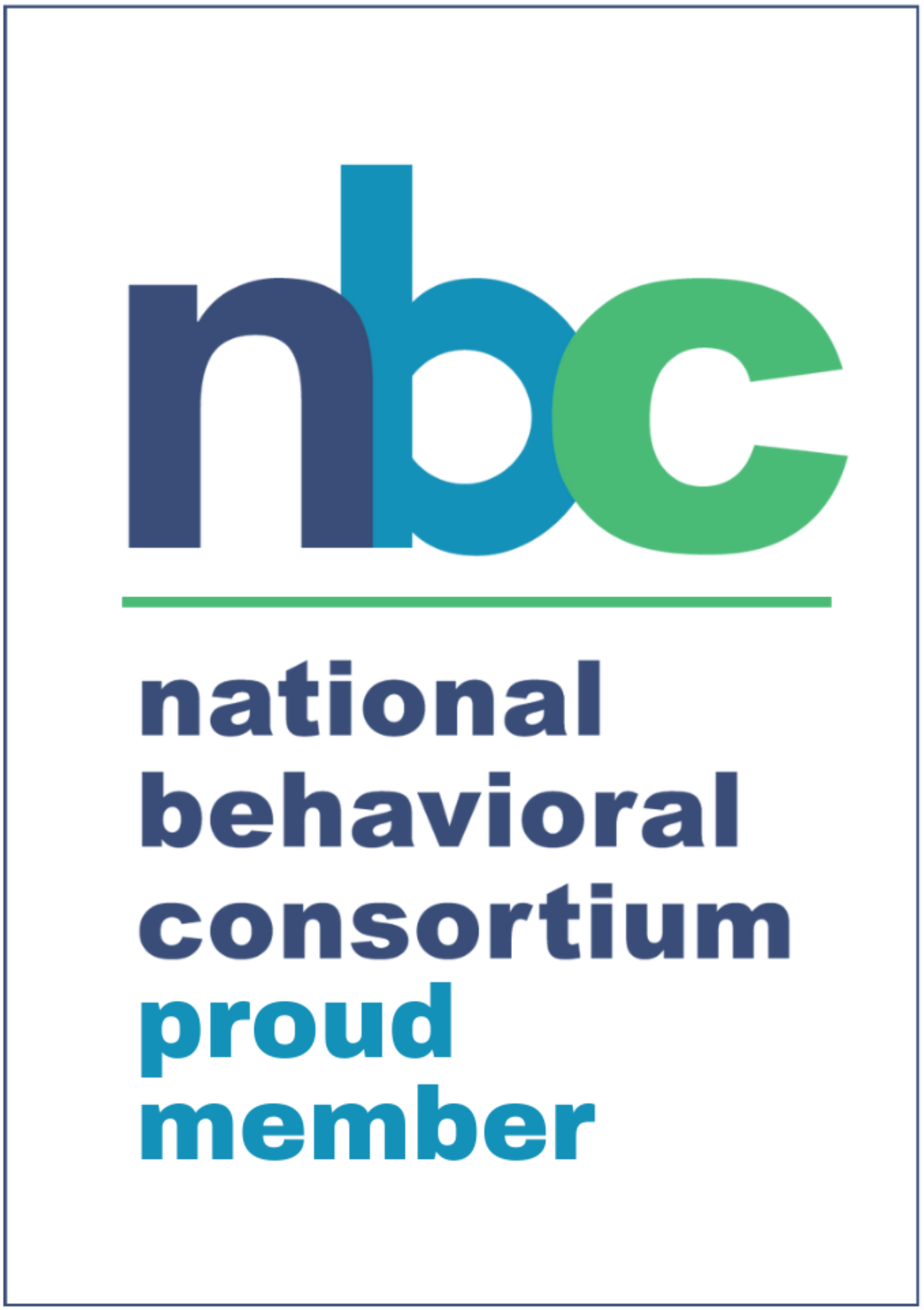Have you read the book The Experience Economy? To explain it very quickly (and not do true justice to the ideas proposed in the book), there are various levels of economic offering that warrant different valuations, and thereby ability to generate revenue. The levels of development discussed in the book are elegantly displayed in the graph below by Pine and Gilmore (the authors of the book):
This progression has expanded over time with new levels being added as the market strives for differentiation. Many of the examples brought up are clear and concise, such as Starbucks as a purveyor of coffee (a commodity) that really charges the market at the level of a Service. Pine and Gilmore stop at the level of Service in their description of Starbucks, but I would readily argue that they reach towards the level of experience. Starbucks actually refers to this in their training materials as creating “The Third Place;” it’s not your work, or your home, it’s that other place where you can unwind a little bit. Even though the customer isn’t actually brewing their own coffee, as is a hallmark of many experiences, they are engaging with the sounds and smells of the coffee shop in a very intentional way.
The book spends a great deal of time discussing offerings that are on the level of Experience but certainly takes a moment to tip its hat toward Transformations, a burgeoning new market offering. Transformations are marked by the engagement of the customer in a way that enables that person to learn or grow, exactly to Transform, themselves in a way that is truly valuable to the customer. It includes giving the customer the skills and motivation to make changes that will both provide some immediate value but also cascade down into further value down the road.
In healthcare, this understanding of the market is significant and valuable. As we, as an industry, discuss Accountable Care Organizations, capitated care models, and participatory medicine, it’s important for us to keep in mind where value is derived in the typical marketplace. Healthcare, while arguably different in many ways from other industries by its virtual necessity in every citizen’s timeline, still must compete under the same rules as many other industries. Many times, in healthcare, we present ourselves on the level of Service – that is that we are doing something for someone, for a fee. As we look at these new systems, it is time for us to consider what the future of healthcare delivery will require under a population health model of delivery.
Eschewing the fee-for-service model opens up the possibility for the healthcare industry to reconsider offering the long-term value of teaching individuals how to keep themselves healthy, at least in terms of the 80% of healthcare costs that are mediated by behavior. This decreases the time and services that must be provided creating new forms of cost savings. As we move further up the economic offering ladder, it will become more necessary to move our industry into the Transformation realm. In fact, there is no other industry more suited to it.
To our health,
Ryan
Marketing








Leave A Comment